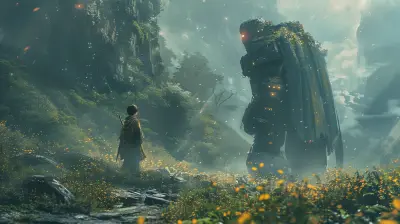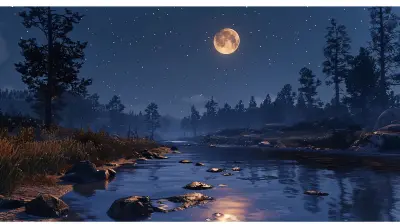How to Develop an RPG: Creating Deep Characters, Lore, and Worlds
17 June 2025
So, you’ve decided to create an RPG (Role-Playing Game), huh? Awesome choice! RPGs have a magical way of pulling players into rich worlds filled with unforgettable characters, intricate lore, and immersive storylines. But let’s be real: crafting an RPG isn’t a walk in the park—it’s more like climbing a mountain while carrying a bag full of plot twists, world maps, and character backstories. Don’t worry, though. I’ve got your back with this guide on how to develop an RPG that players will talk about for years. Let’s roll up our sleeves and dive in.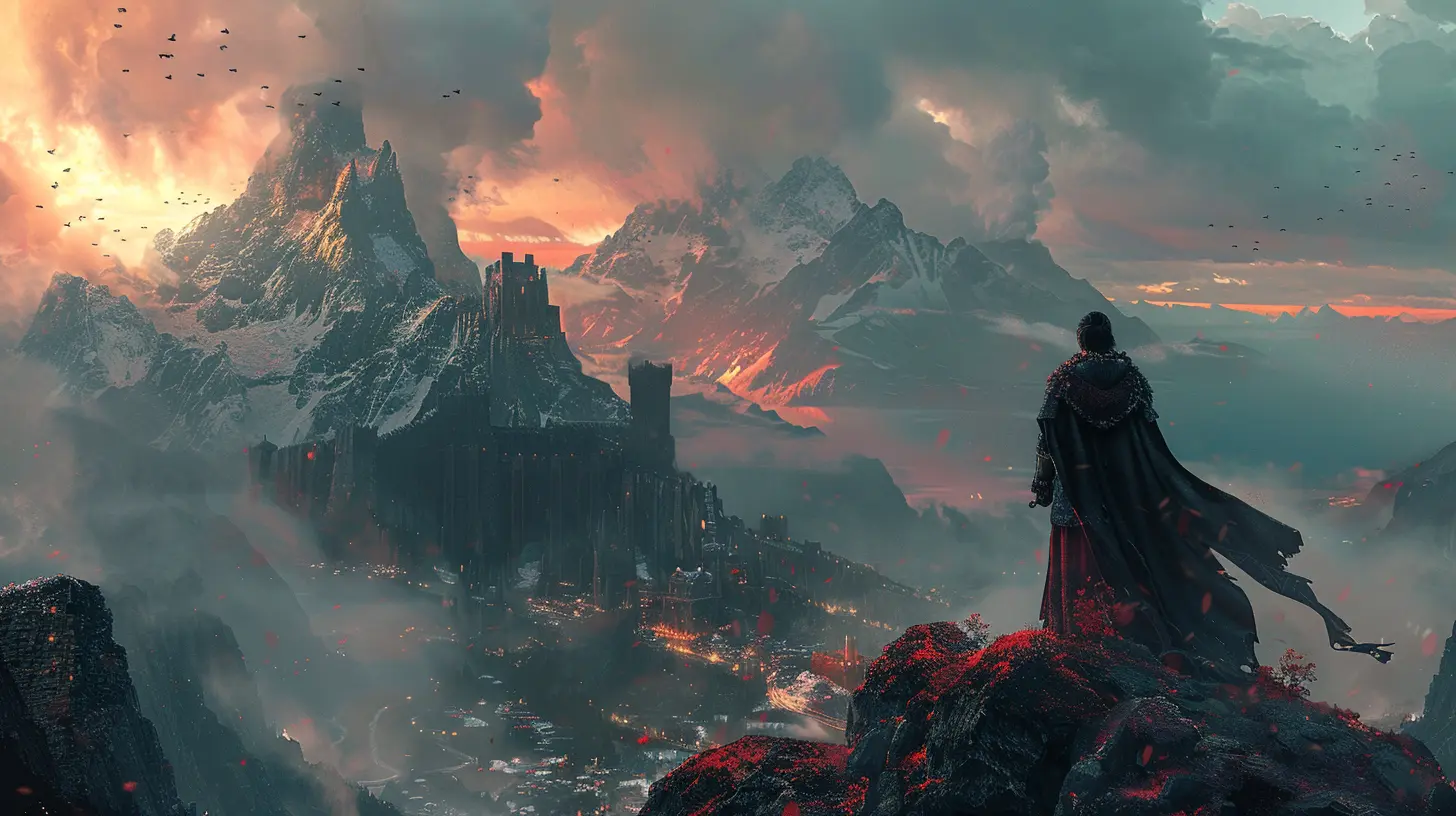
Why RPGs Stand Out
Before we get into the nitty-gritty, let’s talk about what makes RPGs so special. Unlike other genres where gameplay mechanics often take center stage, RPGs thrive on storytelling, world-building, and character development. They create experiences that allow players to lose themselves in a fictional universe—one where their choices and imagination shape the story. It’s like creating a living book where your players are the authors… but no pressure, right?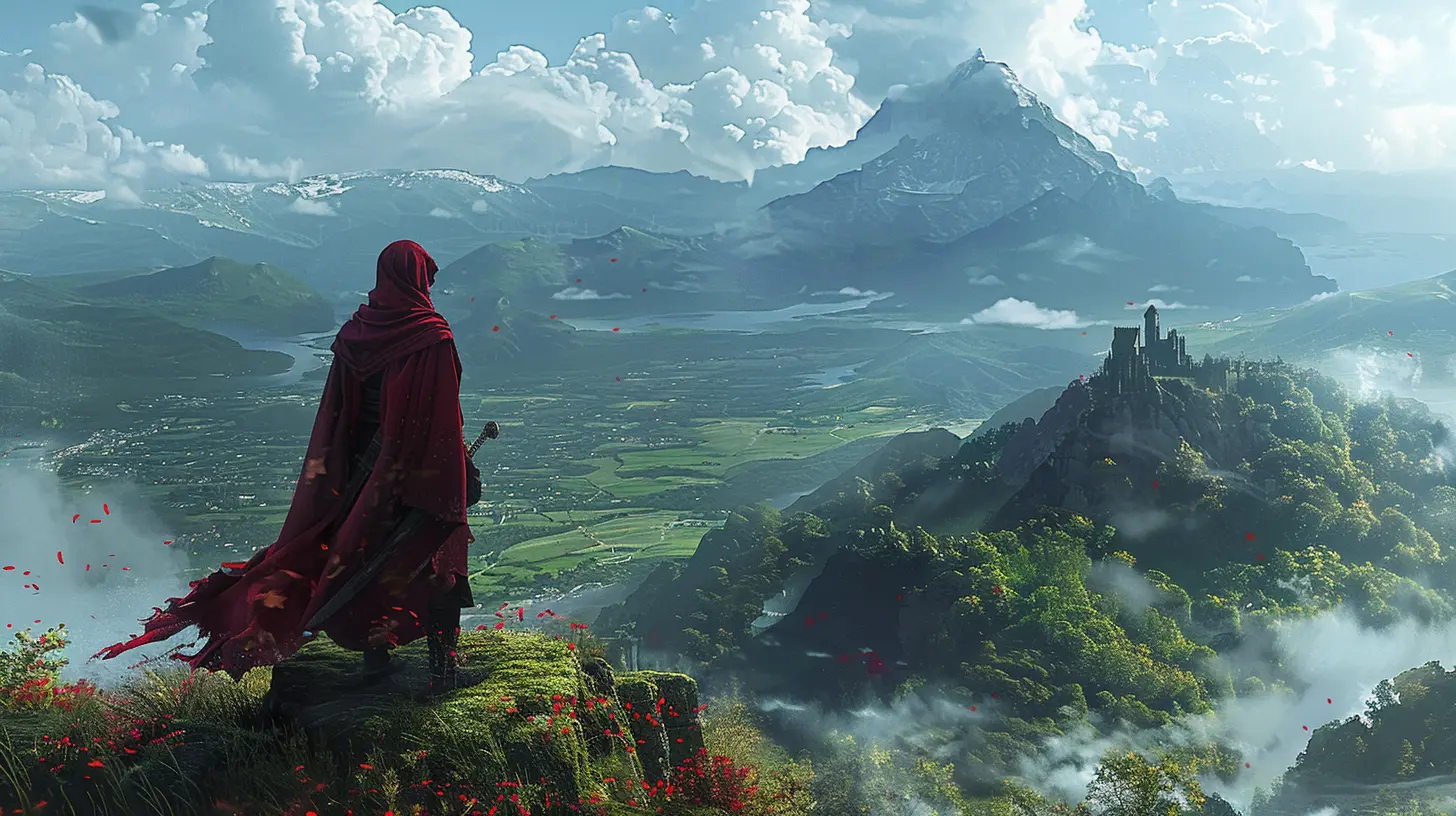
The Blueprint for a Successful RPG
Developing an RPG isn’t just about writing a great story or making a pretty map. It’s about weaving characters, lore, and world-building into one seamless package. Here’s how to do it:1. Start With a Solid Concept
Every masterpiece starts with an idea. What's yours? Is it a medieval fantasy chock-full of knights and dragons? Or maybe a cyberpunk dystopia where hackers are the heroes?Think about the “hook.” What will make your RPG stand out in a sea of games? Is it the unique setting? The morally ambiguous choices? The quirky characters? Nail down your big idea before diving into the details—it’s your North Star.
> Quick Tip: Write a one-sentence pitch for your RPG. If it sparks excitement, you're on the right track. If it sounds boring, well… try again.
2. Master the Art of Character Creation
Characters are the heart and soul of any great RPG. If players don’t care about your characters, they won’t care about the story. Period.a) Make Your Protagonist Stand Out
Your protagonist doesn’t need to be a cookie-cutter hero. Give them depth—a backstory filled with struggles, motivations, fears, and dreams. Are they trying to avenge a loved one? Seeking redemption? Escaping a tragic past? The more layers you add, the more relatable and engaging they’ll be.b) Flesh Out the Supporting Cast
Your side characters are just as important as your main one. Remember, these are the characters your players will talk to, fight alongside, or even betray. Create NPCs (non-playable characters) with unique personalities, quirks, and goals. Think of them as the glue that holds the world together.> Let’s be honest: a cranky shopkeeper who complains every time you buy something is way more interesting than a generic “Welcome to my store!” NPC, right?
3. Craft a World Worth Exploring
The world in your RPG isn’t just a backdrop—it’s a character in itself. Players should feel like they’re stepping into a living, breathing universe. Here's how to make your world unforgettable:a) Build a Rich Lore
Players love uncovering hidden stories and mysteries. Your world’s lore could include ancient myths, legendary heroes, forbidden magic, or long-lost civilizations. Sprinkle bits of this lore throughout the game—maybe in old books, cryptic symbols, or conversations with wise (or drunk) NPCs.b) Map Out the Geography
Every RPG needs a map. Is your world a sprawling continent with kingdoms and forests? A post-apocalyptic city overrun by mutants? Take your time designing diverse locations, each with its own unique vibe. A snow-covered village should feel different from a bustling trade city or a haunted swamp.> Think of geography as the spice rack of your RPG. Mix in deserts, mountains, oceans, and forests to keep things interesting.
c) Add Conflict to the World
Conflict creates tension, and tension keeps players hooked. What's happening in your world? Is there a war, a famine, or a plague? Are rival factions fighting for control? Conflict gives players a reason to care about what’s happening and take part in the action.4. Write a Story That Players Can Shape
At its core, an RPG is about storytelling. But here’s the twist: the story needs to adapt to the player’s choices. It’s not just about your vision—it’s about their experience.a) Create Branching Paths
Give players meaningful choices that affect the storyline. Maybe they can join a rebellion or betray it. Maybe they save a village or let it burn. These choices should have consequences that ripple through the game. It’s all about making players feel like their decisions matter.b) Incorporate Side Quests
Side quests are the cherry on top of your RPG sundae. They’re a chance to expand the world, introduce quirky characters, and reward players with hidden treasures or extra lore. Make them varied—some can be funny, others emotional, and a few downright challenging.5. Focus on Dialogue and Writing
RPGs rely on great writing to bring characters and worlds to life. That means you need to nail your dialogue. Keep it snappy and natural—not every character needs to sound like they stepped out of Shakespeare.Use dialogue to reveal character traits, lore, and secrets. Let’s say a wizard isn’t just teaching the player new spells. Maybe he’s also dropping hints about an ancient prophecy… or complaining about how his cat keeps knocking over potions.
6. Design a Unique Gameplay System
Let’s face it: even the most compelling story won’t save an RPG with boring gameplay. Think about mechanics that fit your world and hook your players.a) Combat System
Will your game have turn-based combat, real-time action, or something in-between? The combat should feel fun and strategic, but not overly complicated.b) Progression
How will players grow stronger? Through skill trees? Gear upgrades? Special abilities? Make progression rewarding and tied to the overall narrative.7. Test and Iterate
Here’s some tough love: your first draft won’t be perfect. Nobody’s is. Test every part of your RPG—storylines, characters, gameplay, and more. Ask for feedback from people who will be brutally honest. Then improve. Iteration is the key to creating something truly great.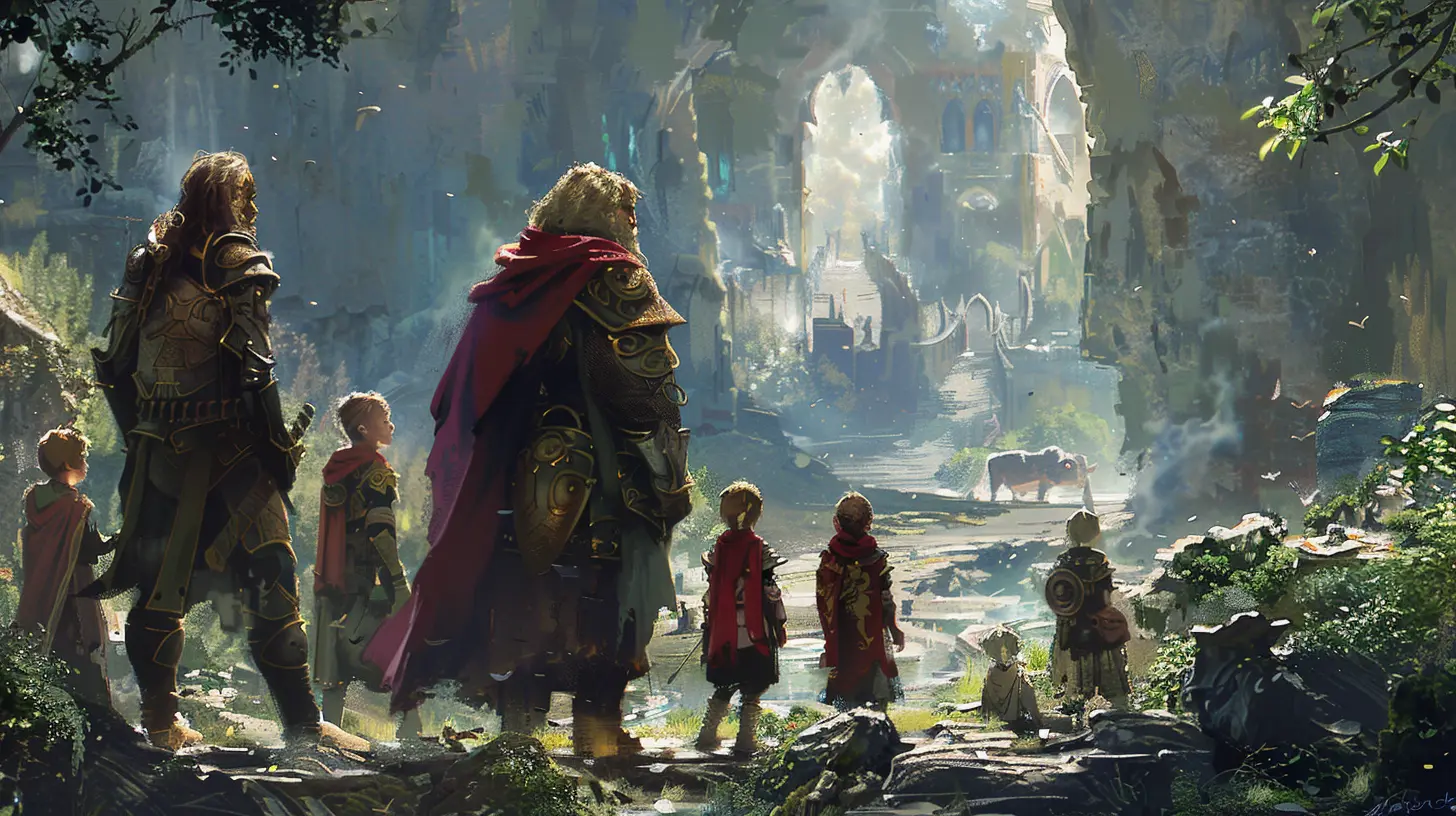
Bonus Tips for Success
- Stay Organized: Keep track of your lore, characters, and timelines using spreadsheets or world-building tools like World Anvil.- Collaborate With Others: Developing an RPG is a massive undertaking. Don’t be afraid to work with writers, artists, and programmers who can bring your vision to life.
- Keep the Player in Mind: Always ask, “What will the player feel in this moment?” Every decision you make should enhance their experience.
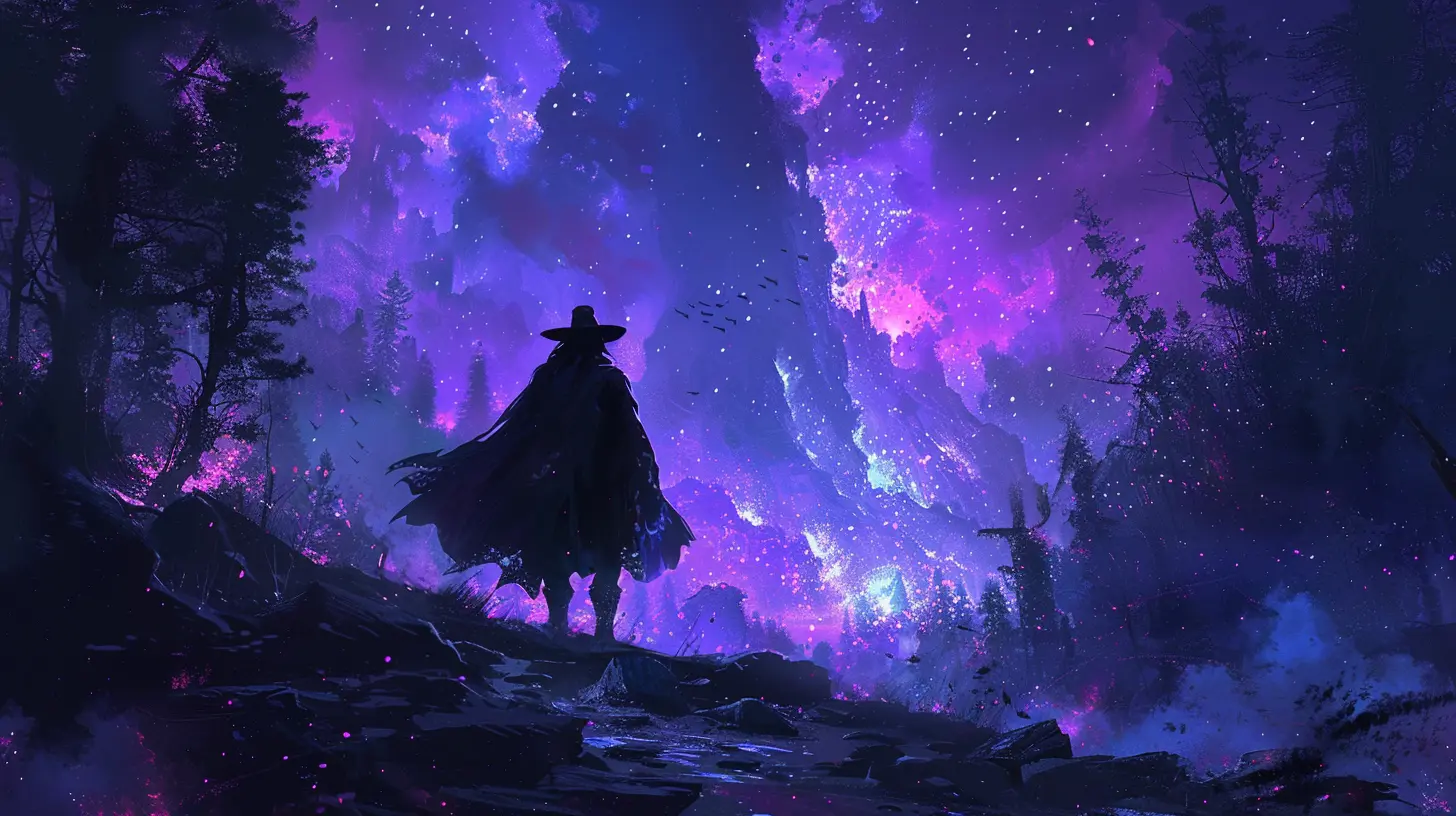
Final Words: Bring Your World to Life
Creating an RPG is no small feat, but it’s one of the most rewarding creative challenges out there. Imagine a player sitting on the edge of their seat, laughing at a witty character, or tearing up over a heart-wrenching twist in the story you crafted. That’s the magic you’re aiming for.So grab a notebook, fire up your imagination, and start building your RPG masterpiece. Remember: the journey might be tough, but the destination is oh-so-worth it.
all images in this post were generated using AI tools
Category:
Game DevelopmentAuthor:

Greyson McVeigh
Discussion
rate this article
2 comments
Tracie Daniels
This article sparks such excitement! I'm eager to explore the intricacies of character development and world-building. How do you balance depth with player choice? Can't wait to see more insights!
June 20, 2025 at 3:43 AM

Greyson McVeigh
Thank you for your enthusiasm! Balancing depth with player choice involves creating detailed backstories and lore while allowing players the freedom to make meaningful decisions. This interplay enriches the experience without overwhelming them. Stay tuned for more insights!
Maggie Simmons
Engage players through depth!
June 17, 2025 at 3:30 PM

Greyson McVeigh
Absolutely! Depth in character and world-building enhances player immersion and emotional investment.
